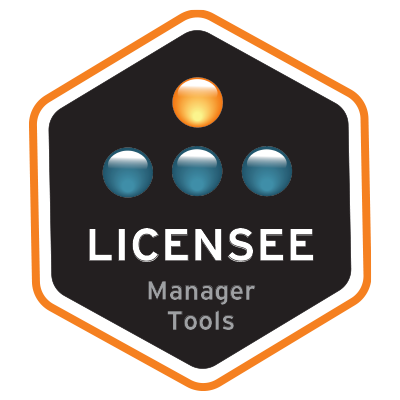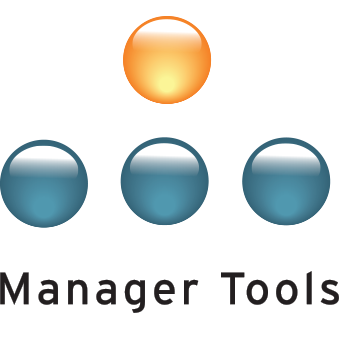![]()

in
Forums
I really like your strong focus on the trainee ACTUALLY doing the task. I make the mistake all the time of presenting information, which I think is training, but it's not. It's your step 1 "Describing."
What do suggest when the manager has trouble "dipsticking" the employee?
For example, I've got an employee who needs to be more assertive in following up with peers back in the headquarters office. He needs information from people in headquarters, but when he doesn't get it he's not assertive enough and then projects deadlines slip. How would I "Dipstick" in this case?
Another employee is really dis-organized, forgets important details, and things slips through the cracks. How would I "Dipstick" in this case?
I've already given feedback to these employees and nothings gotten better.
Jon



When you HAVE to Train
Jon-
First, why are you doing this training and not someone else? Is this training part of your larger coaching effort?
That said, ask them to tape record the conversations.
And why are YOU training on organizational skills? Can't imagine that there aren't 500 other ways to do that...
Mark
When you HAVE to Train
Thanks for the idea about recording the conversation. Duh!
Yea, why am I spending this time training. I'll really coach. Thanks for the kick in the pants.
When you HAVE to Train
ACk! That's not what I intended. Sorry if I sounded sharp.
I think we could have done a better job of positioning training within the coaching model.
Mark
When you HAVE to Train
I understand "training" can mean a lot of things. Not just an instructor classroom. It's just too easy to point to training as the end-all-be-all solution.
When you HAVE to Train
The "training can fix it", "they need more training" mindset can be a very slippery slope. I have seen managers that have experienced the slide. They see training as a way to avoid feedback and having to address performance issues.
Back on topic. I would just like to emphasize the Devise, and Dipstick steps of the model presented in the podcast.
Devise - when you are preparing to deliver the training, especially if you are very fluent in performing the task to be trained, is to break the task down into small steps. This may seem like overkill, but once you do it you can see all of the steps that you have internalized and perform automatically without conscious thought. Make an outline that lists all of the steps in a task and under each step list each action that is needed to perform the step. This makes you slow down and think about what the learner is going to be required to learn in order to perform the task. If the information is completely new to the learner then it also gives you a check list that they can use when it is time for them to practice.
Dipstick - in addition to giving feedback to the learner as they perform the task it is also useful to provide the learner with completed examples of the deliverable or product they are learning such as a report summary or presentation. Also, if it will enhance the learning experience if they can have some independent practice. Set up a few scenarios and give them the raw material that they need and let them try. If they are summarizing data for a monthly report, have them work with data from the previous month or two. Even if the task requires multi-session training they can practice the parts that they have learned. If the sessions are separated by more than a week I definitely recommend that they have more practice to reinforce and integrate the information into their memory. When you come together again you can critique what they have produced between sessions.
Just some thoughts from the cognitive side,
Rich